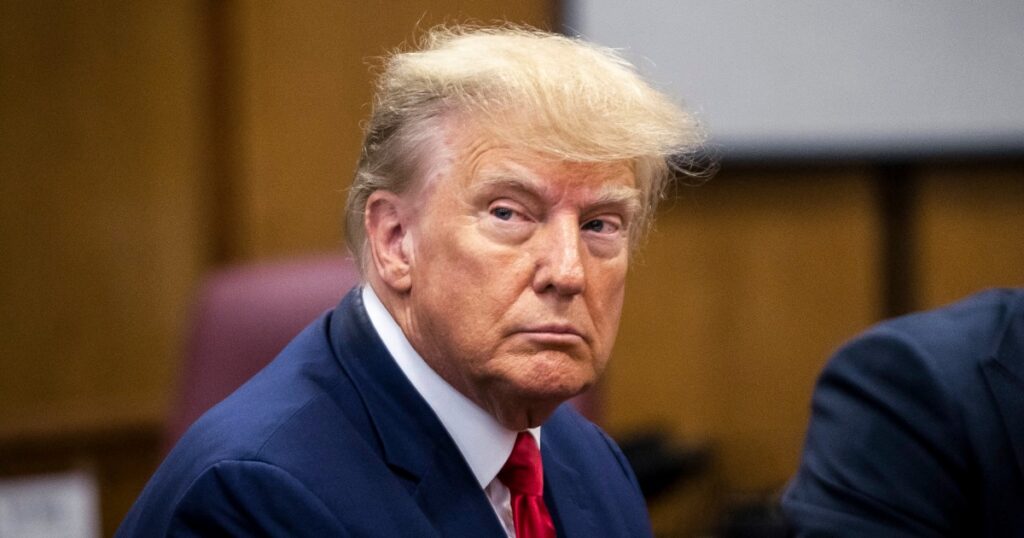In a criminal case, it is always critical for a prosecutor to explain to the jury the “why” behind the defendant’s criminal conduct. A juror will want to know why the defendant did what he or she did. Regarding former President Donald J. Trump, who was arraigned in a New York City courtroom Tuesday afternoon, Manhattan District Attorney Alvin Bragg used the statement of facts to do just that.
Upon reading the statement of facts, one can see an argument that Trump bought the 2016 election and, but for his scheme to defraud, he very well might have lost the Oval Office.
The felony indictment laid bare the 45th president of the United States’ scheme to “defraud and to commit another crime and aid and conceal the commission thereof.” And how did he allegedly commit these crimes? By making and causing the “false entry in the business records of an enterprise.” Per the charging document, the 34 different instances of falsification of those business records run the gamut from checks to pay for fake legal invoices to fake ledger entries in Trump Organization books.
Right out of the gate, in paragraph one of the 16-page indictment that sets forth 34 felony counts of falsification of business records, Bragg explains that Trump “repeatedly and fraudulently falsified New York business records to conceal criminal conduct that hid damaging information from the voting public during the 2016 presidential election.” After successfully suppressing that damaging information by way of hush money payments and “catch and kill” agreements with American Media Inc. (AMI), the parent company of The National Enquirer, Trump won the 2016 election and he subsequently used various falsified business records to hide and mask his conduct.
Upon reading the statement of facts, one can see an argument that Trump bought the 2016 election and, but for his scheme to defraud, he very well might have lost the Oval Office. Consider the following timeline:
- June 2015: Trump announces…
Read the full article here





